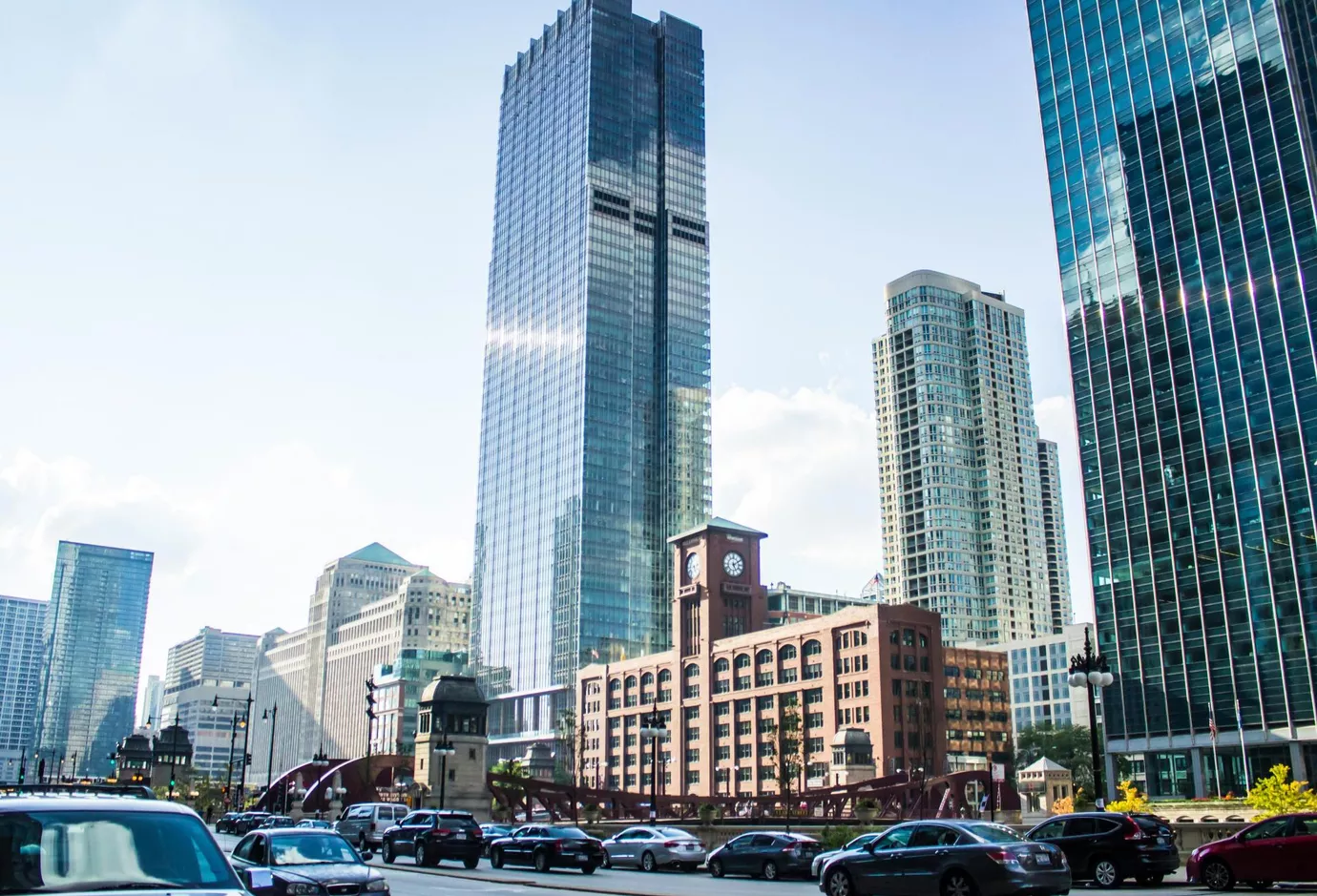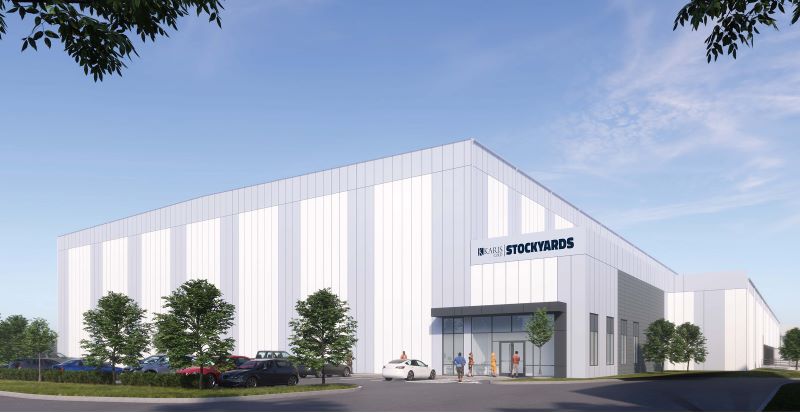August 2010
Suburban office, industrial show signs of improvement
Suburban Office Market Summary
Quarter in review
The overall vacancy rate among the suburban office submarkets continued its climb for the 7th consecutive quarter, reaching 23.5 percent at the end of June, up slightly from 23.4 percent last quarter and up more than a full percentage point from the 22.4 percent recorded a year ago.
Suburban office vacancy rates are currently the highest they have been in well over a decade. Demand, as measured by net absorption, remains weak throughout the market. Cumulative net absorption for the first half of the year totaled negative 394,423 square-feet, despite increased leasing activity. While this is an ongoing negative trend, it is an improvement from last year, when net absorption for the first half of the year totaled negative 1.3 million square-feet.
Although vacancy rates continue to rise and demand remains limited, there have been positive signs in the market. The investment sales market, nonexistent during 2009, has picked up during the first half of the year. Similarly, increasingly confident large companies have started hiring again and are actively looking for additional space. These companies are taking their time, however, as options are plentiful, rental rates are low and leasing incentives remain attractive for tenants.
The average asking rental rate among suburban office properties continued to drop during the second quarter to $20.34 per-square-foot. Incentives such as free rent and generous tenant improvement allowances continue to be extended by area landlords.
Looking forward
Demand and the eventual recovery of the suburban office market will be largely dictated by the overall job growth rate, especially among the private sector. That sector added only 83,000 jobs nationally last month, less than the 110,000 jobs predicted by many economists. If the past few months are any indication, it may take a few quarters until conditions begin to improve.
**Source: Oakbrook Terrace-based NAI Hiffman’s Metropolitan Chicago Office Market Report, Mid-Year 2010.
Suburban Industrial Market Summary
While the economy moves into a recovery phase, Chicago’s industrial real estate market, which typically lags the general economy by about 12-18 months, continued to experience the negative effects of the recent economic recession.
For the tenth consecutive quarter, vacancy rates were up market-wide. Overall vacancy, constituting vacant space available directly through landlords combined with vacant space being listed for sublease through tenants, reached 12.1 percent at the end of June, up from 12.0 percent last quarter.
While overall vacancy for the market increased, several submarkets posted improvements in vacancy, including the Northwest Cook, I-88 Corridor, Fox Valley and Southeast Wisconsin submarkets, among others. Net absorption, used to measure demand in the market, was negative again during the second quarter for the eighth consecutive quarter.
While absorption totaled nearly negative 1.8 million square-feet for the period between April and June, it was still an improvement over a year ago, when it totaled negative 8.3 million square-feet for the quarter. Compared to last year, leasing activity has picked up substantially throughout the market.
The recent trend of companies downsizing or renewing their leases to take advantage of attractive market rates and concessions being offered by landlords continues. But there have been several significant new leases and expansions signed during the past few months, a sign that companies are beginning to hire again and addressing expansion plans that had been sidelined during the economic recession.
These companies have been able to secure low rental rates and attractive concession packages. Industrial sales, while currently on pace to match last year’s total, increased during the second quarter, suggesting that the second half of the year could see more sales than the first half, especially as lending increases. The average sale price per-square-foot, while still depressed, has stopped falling.
Looking forward
While market conditions continued to soften during the second quarter, they did so at a slower pace than during the heart of the recession, a sign that the industrial market is near the bottom. Increased industrial production, evidence of depleted warehouse industries, and a rise in port activity all point to robust industrial and transportational activity over the coming quarters, pushing companies to hire additional workers and expand their businesses.
Vacancy rates should peak by the end of the year as demand and transactional activity continue to increase, and should slowly begin to drop as more than 144 million square-feet of vacant space starts to become absorbed.
The Fox Valley’s vacancy rate improved slightly during the second quarter, dipping to 11.85 percent from 11.96 percent last quarter. Vacancy has held between 11 percent and 12 percent for the past five quarters and has likely peaked due to increased transaction volume.
Net absorption for the quarter totaled positive 37,148 square-feet, bringing the total for the first half of the year to negative 57,619 square-feet. Demand is typically limited in the Fox Valley submarket, and large swings in net absorption are not common.
Due to the relatively large amount of vacant space on the market, negative absorption trends and limited access to the area, new development projects have been nonexistent. As the market begins to turn around and vacant space is gradually absorbed, construction activity will eventually pick up in and around communities west of the Fox River, as few industrial-zoned land sites remain near the river.
**Source: Oakbrook Terrace-based NAI Hiffman’s Metropolitan Chicago Industrial Market Report, Mid-Year 2010.
Source: thebusinessledger.com


